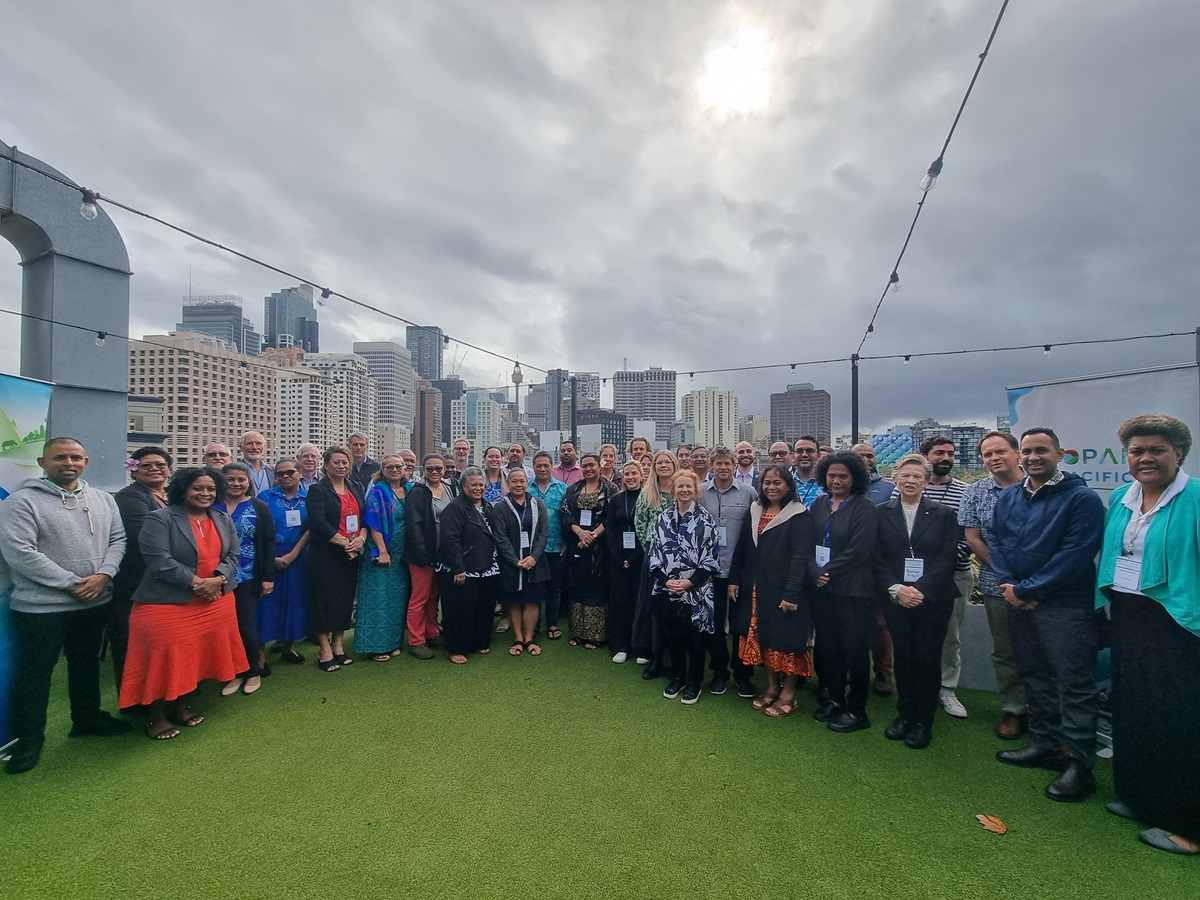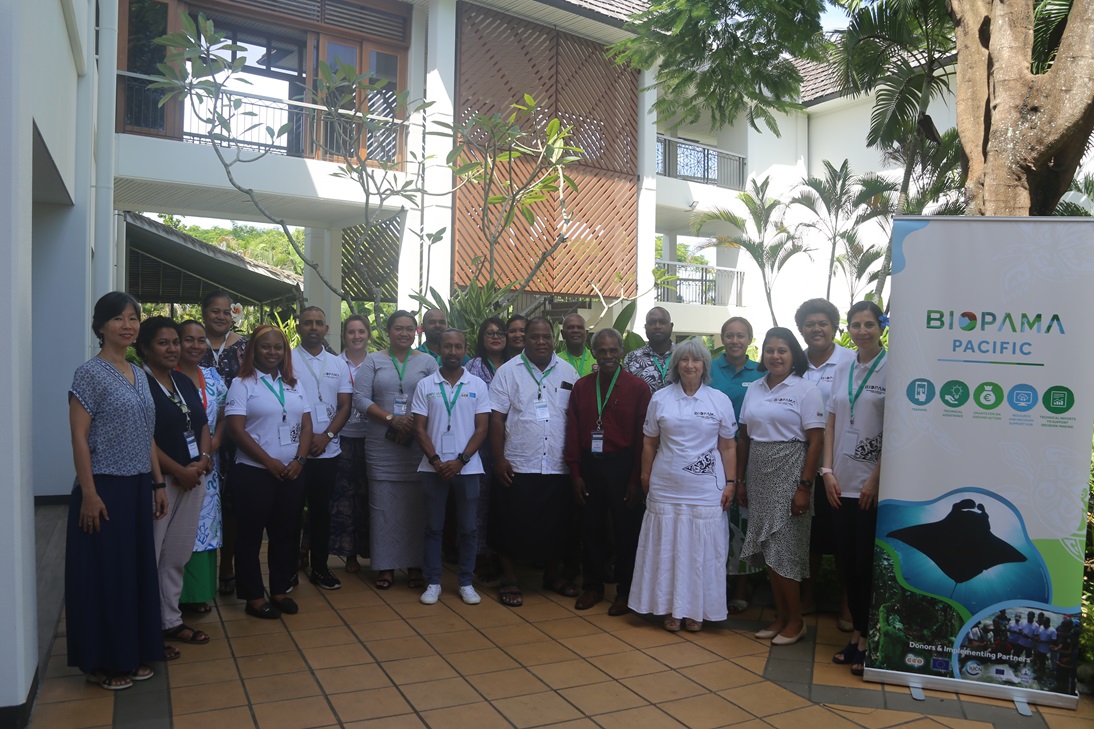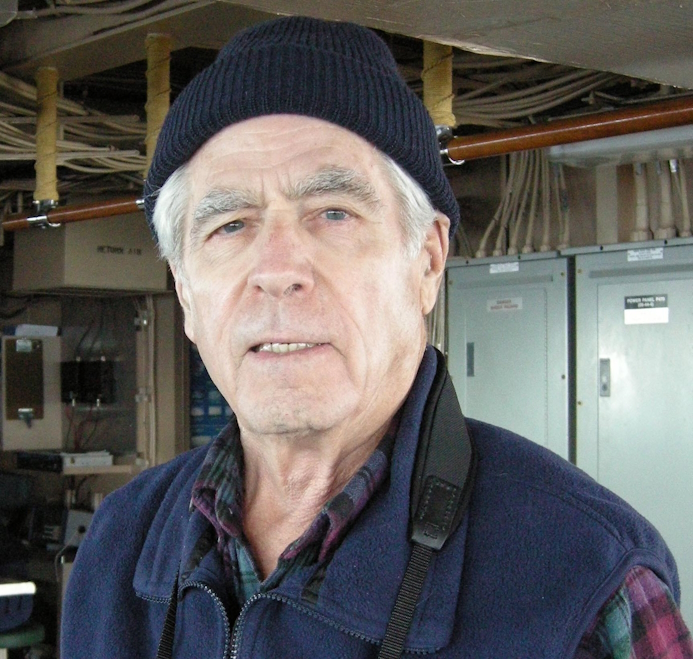Progressing the 30% by 2030 dialogue in Oceania – leveraging the BIOPAMA funding to support countries with IUCN standards, guidance, expertise and membership networks
The IUCN Oceania Regional Office unveiled pivotal next steps, including outcomes specific to Oceania, during the successful conclusion of the three-day Protected and Conserved Areas workshop in Sydney, Australia, held from May 1st to May 3rd. Organised with the objective of promoting collaboration and mutual learning among participants from Pacific Island countries, Australia, New Zealand, and global IUCN experts, the workshop centred on discussions pertaining to Target 3 of the Kunming Montreal Global Biodiversity Framework (GBF).
The workshop discussions delved into comprehending the qualitative and quantitative dimensions of Target 3, exploring its adaptation within the unique landscapes of the Oceania region. Additionally, it underscored the significance and advantages of protected and conserved areas in advancing biodiversity conservation objectives in the Pacific. This was achieved through bolstering collaboration with pivotal regional entities like the Secretariat of the Pacific Regional Environment Programme (SPREP) and the Pacific Islands RoundTable for Nature Conservation (PIRT), leveraging IUCN's expertise and standards. Furthermore, the workshop facilitated the introduction of tailored IUCN Standards and Knowledge Products specific to the Pacific, encompassing the IUCN Green List Standard for Protected and Conserved Areas, alongside guidance on 'Other Effective Area-based Conservation Measures (OECM)'.
The Regional Director for IUCN Oceania, Ms Leituala Kuiniselani Toelupe Tago expressed her heartfelt gratitude to the participants for their unwavering dedication despite their demanding schedules. She commended their commitment to environmental stewardship and extended her sincere thanks for their active participation in the dialogue. The Regional Director highlighted the remarkable global expansion of Protected and Conserved Areas (PCAs), with approximately 17% of terrestrial and inland water areas and about 10% of the global ocean now under protection. Emphasizing the pivotal role of PCAs in biodiversity conservation, she underscored their essential contributions to climate change mitigation and adaptation, as well as their role in generating social, economic, and environmental benefits. She added further that the broadening scope of IUCN's work, spanning terrestrial, freshwater, coastal, and marine PCAs reflects the organization's evolution over time. Emphasizing the simultaneous increase in global engagements and connections dedicated to biodiversity protection and PCA preservation through various processes, conventions, and international commitments, Ms. Toelupe Tago stressed the indispensable nature of PCAs in fulfilling IUCN's goals and outcomes outlined in the global IUCN Programme, Nature 2030 – One Nature, One Future.
Prof. Catherine Iorns the IUCN Oceania Councillor from New Zealand, who participated in the 3-day workshop in Sydney, commended IUCN Oceania's initiative in convening national, regional, and key global partners to address critical capacity building needs and resource mobilization for Protected and Conserved Areas in the Oceania region. She stressed the importance of identifying capacity building requirements for stakeholders, mobilizing resources, and strengthening partnerships as essential elements for such discussions.
Mr. Josh Taylor, serving as the IUCN focal point for the Australian Government, underscored the paramount importance of environmental conservation, particularly in the Oceania region, including the commitments towards achieving the 30x30 conservation targets. He highlighted Australia's significant progress in environmental and biodiversity conservation, emphasizing that workshops like the one organized by IUCN Oceania provide invaluable opportunities to learn from neighbouring countries. Taylor emphasized the collective effort and collaboration as essential steps towards achieving shared environmental goals.
Similarly, Mr. Peter Cochrane, IUCN Oceania Councillor from Australia, echoed Mr Taylor's sentiments, emphasizing the critical importance of collaboration, active participation in workshops, and sharing a collective conservation vision for success stories. He emphasized the need for working together towards common conservation goals, recognizing the workshop as a significant platform for achieving this collective vision.
 Photo: Participants of the PACA workshop in Sydney, Australia
Photo: Participants of the PACA workshop in Sydney, Australia
The key outcomes from the workshop are summarised below:
KEY OUTCOME AREA 1- capability, capacity and knowledge building
Efforts in Oceania aim to develop best practice guidelines for protected areas, collaborating with experts for regional and national standards. Emphasis is on quality assurance and management. Mechanisms include online platforms, workshops, and training for disseminating tools. Capacity building prioritizes Other Effective Area-Based Conservation Measures (OECMs), with knowledge sharing and advocacy campaigns promoting biodiversity conservation and sustainable development. Recognition programs incentivize adherence to standards.
KEY OUTCOME AREA 2 – financing and resourcing
A Scientific and Technical Support Fund is being established to provide grants for research projects aligned with conservation goals, promoting innovation. Additionally, a framework is being developed to financially support member states, ensuring equitable access to resources for capacity building, infrastructure, and project implementation in line with regional priorities, fostering sustainable development.
KEY OUTCOME AREA 3: regional convening, coordination and collaboration
Efforts aim to strengthen collaboration among regional stakeholders through regular meetings and conferences. Initiatives like the Pacific Islands RoundTable for Nature Conservation (PIRT) and Pacific Alliance for Climate Action Network (PACoN) focus on joint action plans. Online platforms and newsletters facilitate information exchange, ensuring effective collective action for common conservation goals.
Mr. Rahul Chand, the Programme Coordinator for Protected and Conserved Areas in IUCN Oceania, described the workshop as highly successful. As a step forward, the IUCN Oceania Regional Office (ORO) plans to facilitate a Partners Dialogue and host another regional workshop for the Pacific region, aiming to foster dialogue and collaboration between government and non-government organizations to co-design solutions. Additionally, IUCN ORO will sustain its role in providing technical guidance and expertise, utilizing its commissions and scientific community to aid countries in developing and managing Protected and Conserved Areas. Furthermore, IUCN ORO will undertake the development of policy briefs and updated versions of the State of Protected and Conserved Areas in the Pacific (SOPACA) to influence policy changes and decision-making processes in the region and finally a focus on emphasizing the importance of recognizing Other Effective Area-Based Conservation Measures (OECMs) and seeking support from organizations like IUCN and the Secretariat of the Pacific Regional Environment Programme (SPREP) for countries interested in establishing and acknowledging areas as OECMs would be further explored.
Links:
- About the BIOPAMA grants and their work: action.biopama.org
- BIOPAMA: biopama.org










